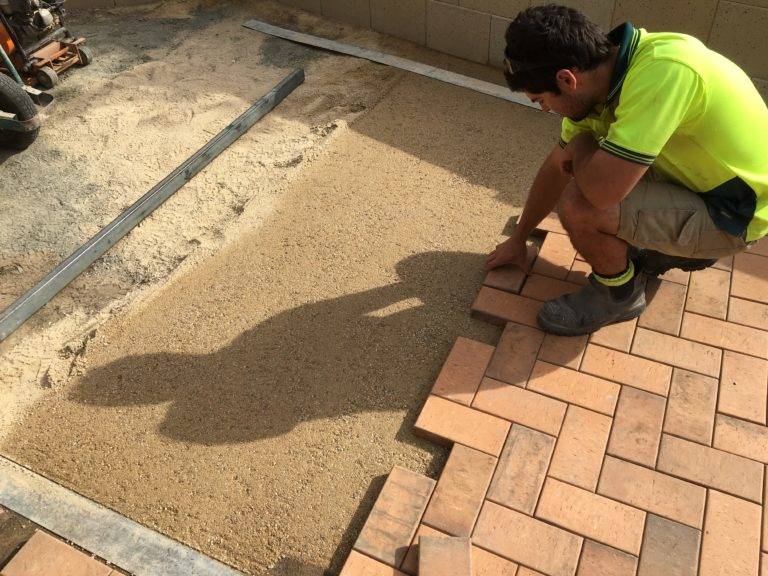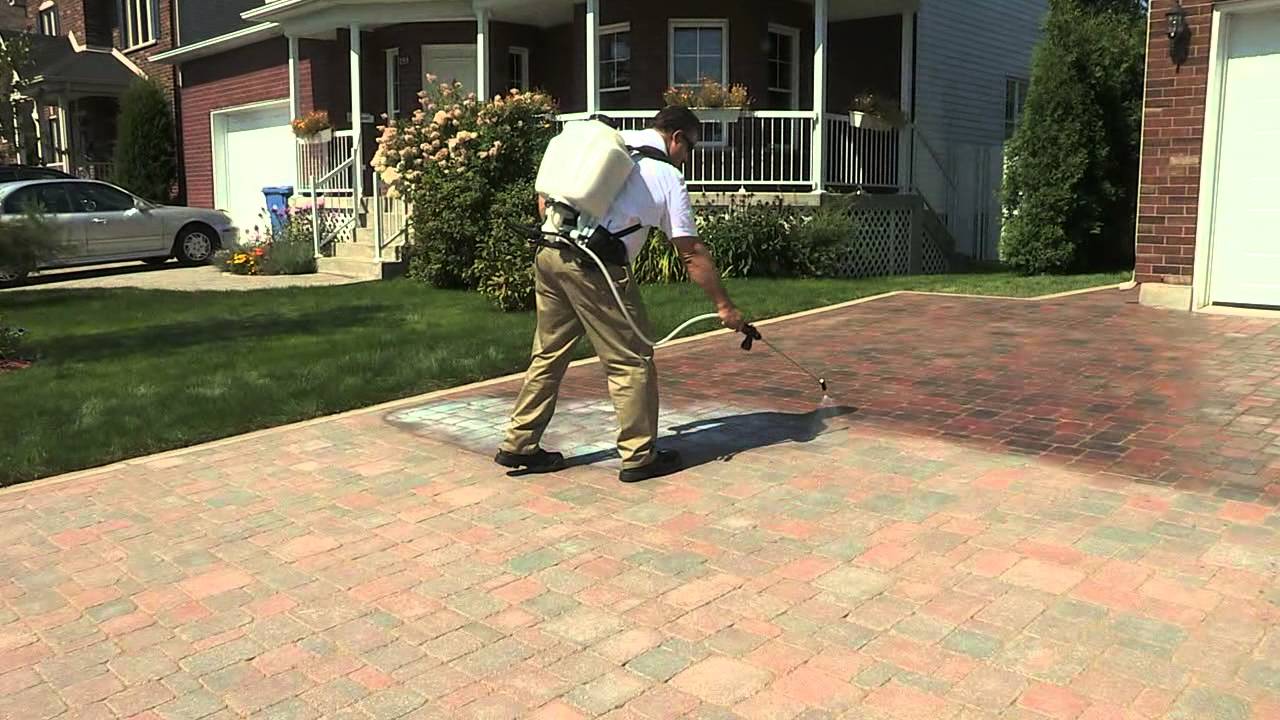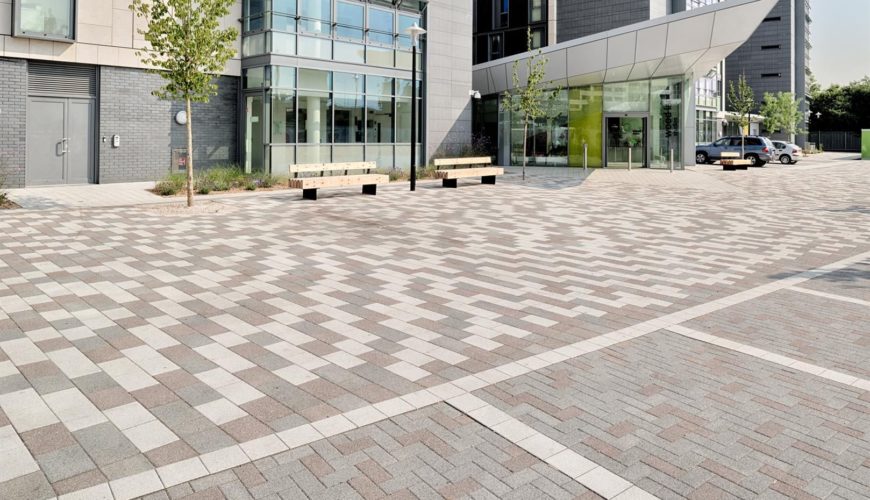Have you heard the saying, “pave your own path”? Well, we are going to teach you exactly how to do that. Whether you are thinking of laying a garden edging, laying a path in your yard or an outdoor patio, there are some tips and tricks that will make the task a lot easier and fun.
1. Prior planning
If you are thinking about paving a patio, garden edging, or a path, the first thing that you need to do is plan the exact location and exact area covered by the path. Take it a notch higher and plan it out on a graph paper. This will help you know the exact measurements for your paving blocks.

At the planning stage, you should also make a list of all the materials you will need for this project.
2. Gather all materials
The second thing that you need to consider for your DIY project is material. The material depends on the design you are going for. Also, you will need some basic materials like sand and pebbles.
Use Beatsons Building Supplies Discount Codes & Interiors Online Discount Code for getting your supplies at a cheaper rate.
3. Follow the process

Each step in the paving process is crucial. Therefore the step should be performed sequentially and cautiously.
- The first step is to outline the project area with the help of a garden hose or string.
- Always choose elevated areas of your garden or back yards to avoid water pooling.
- Next, you need to excavate the installation to make space for the base, sand and pavers.
- Now you need to lay the base with the help of coarse, crushed stone or pebbles. The aim is to create a well-compacted base of suitable depth. Install some edge-restraints made of plastic or metals like aluminium or steel. These restraints will help to hold up the shape of the patio or path for a longer time.
- The next step is to cover our base with a layer of sand. Use coarse sand to make sure that our concrete pavers stay in their place. You need to create a uniform layer of at least 1 inch to 1.5 inches.
- Now you have to lay the paving blocks one by one. Start from a corner and start placing each paver gently without disturbing the sand underneath and leaving a gap of a couple of millimetres between each paver. Make sure the pavers lay flat and straight. Check to make sure the pavers are flat and use a string to ensure each row is straight. Fill the entire base with paving blocks. Blocks should be cleanly cut and not smoothened.
- After gently placing the pavers covering the entire base, you need to tamp it into the sand base. You can use a plate compactor to do the same. You should not use a compactor directly on the pavers as you may end up destroying them. A carpet may be useful in such a case.
- Now that the pavers are packed into the base, you need some fine sand to fill the thin gap between the paving blocks. This will ensure the blocks stay in place.
4. Increase longevity by sealing the pavers

You need to seal your paving blocks in place. There are various sealing products available in the market, which will make your project durable and help you avoid maintenance expenses in the future.
Now that you are well aware of all the tips and tricks to create that perfectly paved patio or path, go get started with your DIY project.




